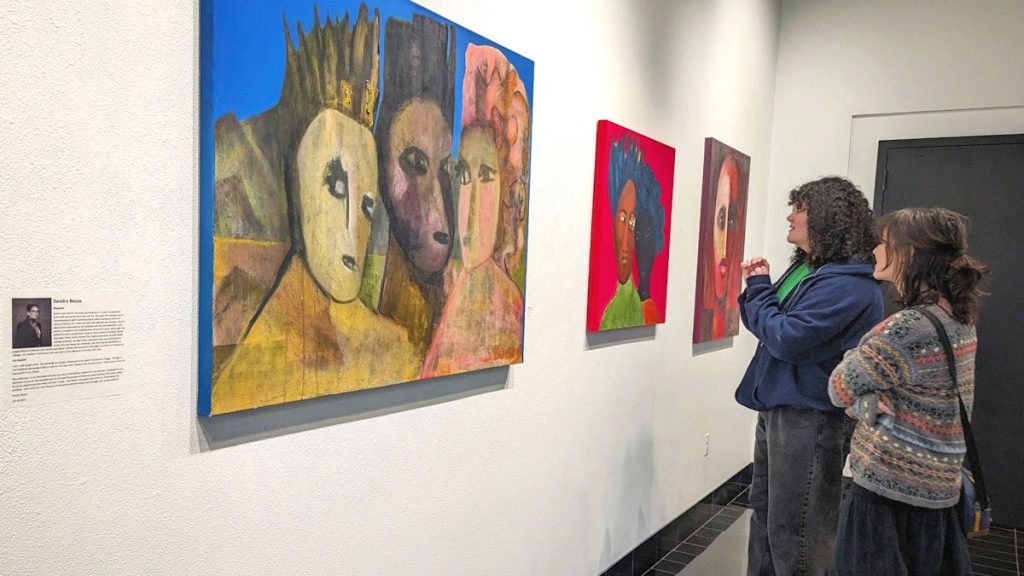by Molly Walsh
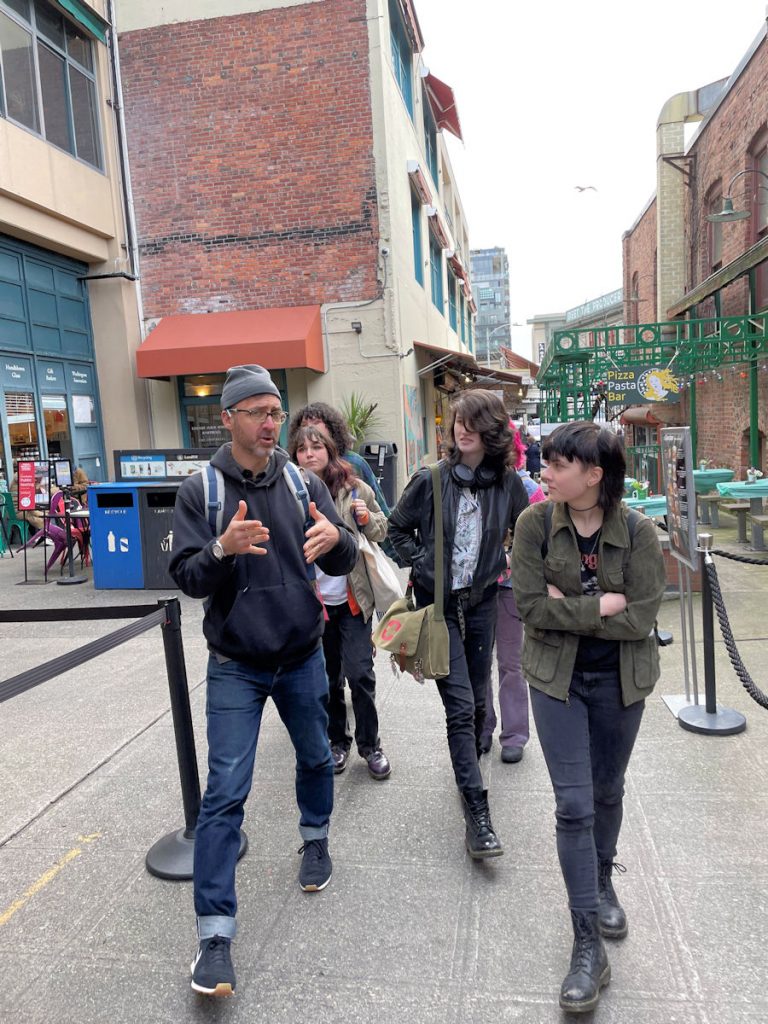
Olympia and the greater South Sound region have long been known for their flourishing creative communities and soon there may be further opportunities to strengthen and expand art access in the region through Olympia’s new Cultural Access Program and potential arts hub at the Olympia Armory Creative Campus. The creative economy is also an important industry statewide, accounting for over ten percent of Washington state’s gross domestic product according to Choose Washington.
Helping to bridge the gap between classroom study and real-world career paths in the arts, the ACE Pilot Program (Apprenticeships for the Creative Economy) was introduced to Avanti High School in Olympia during the 2022-2023 school year. In early stages, the ACE Pilot Program utilizes mentorship, apprenticeship and community connections to help strengthen the arts community and cultivate the next generation of the creative economy. After recently wrapping its inaugural year, ACE leadership is excited for the future of the program and the potential it has to support local youth and art communities across the Pacific Northwest.
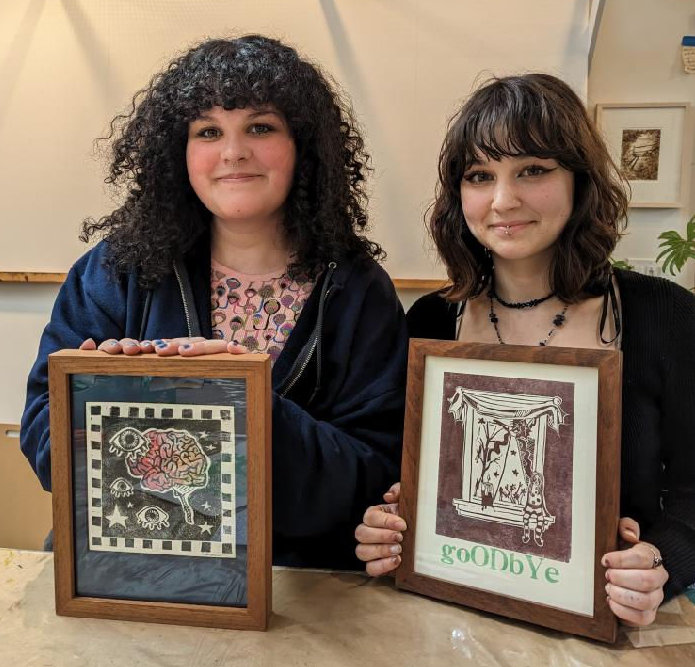
ACE matched Avanti High School seniors with professional artists for a ten-week apprenticeship. Working within a “collaborative apprenticeship model,” students had the opportunity to witness the artistic process firsthand, practice their craft and learn how creative careers fit into Olympia’s economy.
Cecily Schmidt, art teacher at Avanti, partnered with local artist and educator Evan Horback to flesh out the program. Schmidt and Horback were able to build a network of artists and community organizations to help execute the program and to increase learning opportunities for students.
As an art teacher, Schmidt has held a longtime interest in developing a program where students could get a firsthand look at life as a working artist. This included a closer look at an artistic craft, business considerations and daily operations of an art studio. Because Avanti has a strong creative community within its student body, Schmidt also saw value in fostering working mentorships between students and more established artists that may inspire students to consider potential career paths in the arts.
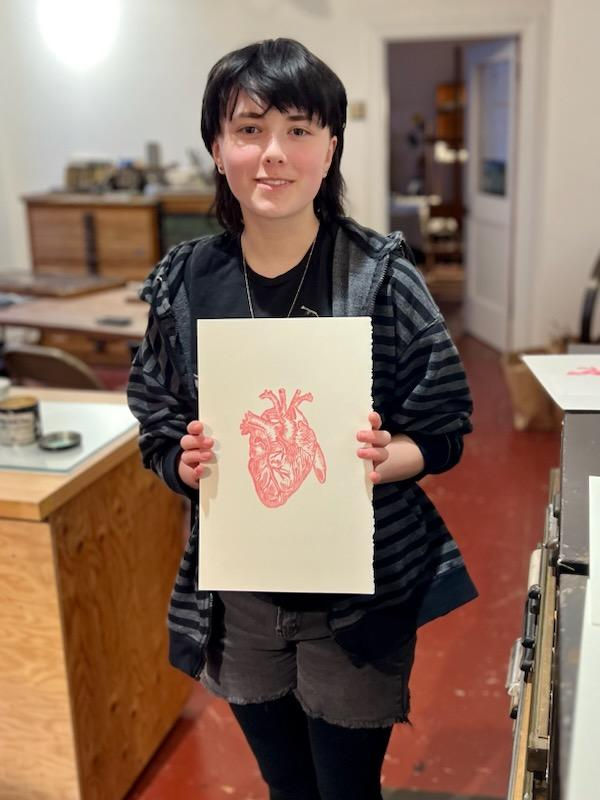
“There’s sort of that pervasive myth, that I think partly I’m trying to undo a little bit, because there are so many different pathways and so many different ways to be a creative person in our economy,” said Schmidt. “And I think actually our economy really needs that right now.”
Horback brought previous experience in fine arts and education to the table while helping to launch the project beyond the conceptual phase. He designed aspects of the program while also acting as a liaison between Avanti and the greater arts community.
In the past, Schmidt has been able to connect students with mentorship opportunities on an individual basis, but creating ACE allowed for a larger scope, and Horback was able to help build an infrastructure for multiple student apprenticeships at once, according to Schmidt.
“As a 43-billion-dollar industry, it would be foolish not to think strategically about how we can take the youth engaging in art now and think about creating pathways for them to embrace an economy and a life that doesn’t exist right now,” said Horback.
Students who participated in the pilot program were registered for Schmidt’s art class during two academic quarters at Avanti. They were paired with a teaching artist, who works in the local community. Students were required to meet with their teaching artist for a minimum of 25 hours over the ten-week apprenticeship.
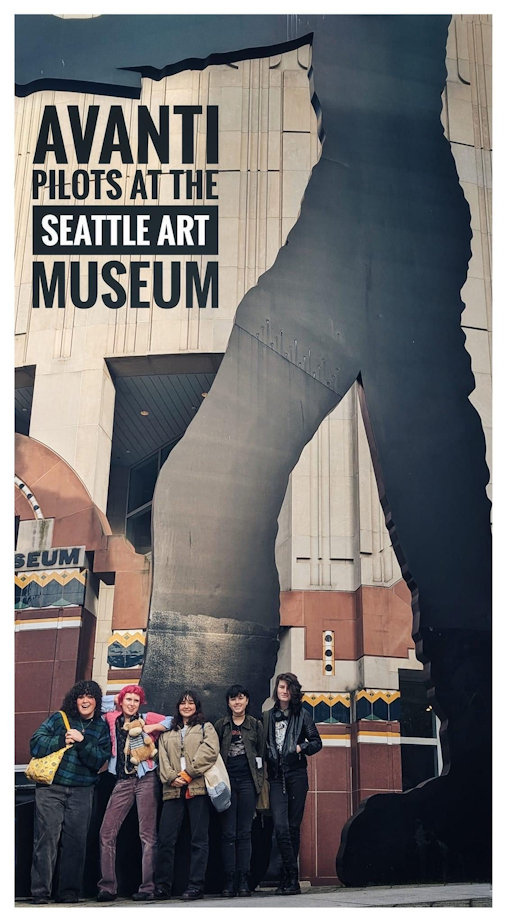
Both Schmidt and Horback regularly met with students and there was additional classroom coursework and field experiences scheduled for students, including at the Seattle Art Museum, Lacey Makerspace and a show at South Puget Sound Community College. Schmidt also encouraged teaching artists to schedule field excursions with their student apprentices.
“One artist was having a show and invited his apprentice to actually be a part of that show,” said Schmidt “So they had a collaborative art show together. And so we were encouraging those types of experiences too, to even get out of the studio space and into the arts community on whatever level worked for them.”
The program culminated this year in a student art show in the spring that was open to the public, where students showcased the artwork they had created through the program.
Local artist Kathy Gore-Fuss was the lead teaching artist for the ACE Pilot Program this year. Gore-Fuss worked with two students through the program and introduced them to a range of materials, mediums and methods for creating art. This included practice with Gelli plate prints, linocut and acrylic painting.
“Because I have a strong background in education and it’s my belief that the more exposure you have to trying different mediums with the arts, seeing different types of artwork, meeting other artists and listening to some of their experiences or having them even demonstrate to you part of what they know and love themselves, then I designed my working relationship with the two students I worked with around that umbrella,” said Gore-Fuss.
Gore-Fuss also provided opportunities for field experiences, including learning how to fundraise for community art projects. Through Gore-Fuss, the two students were also introduced to other working artists in the community, including an artist who had a letterpress printing studio and an artist whose work was part of an exhibition within the Leonor R. Fuller Gallery at South Puget Sound Community College.
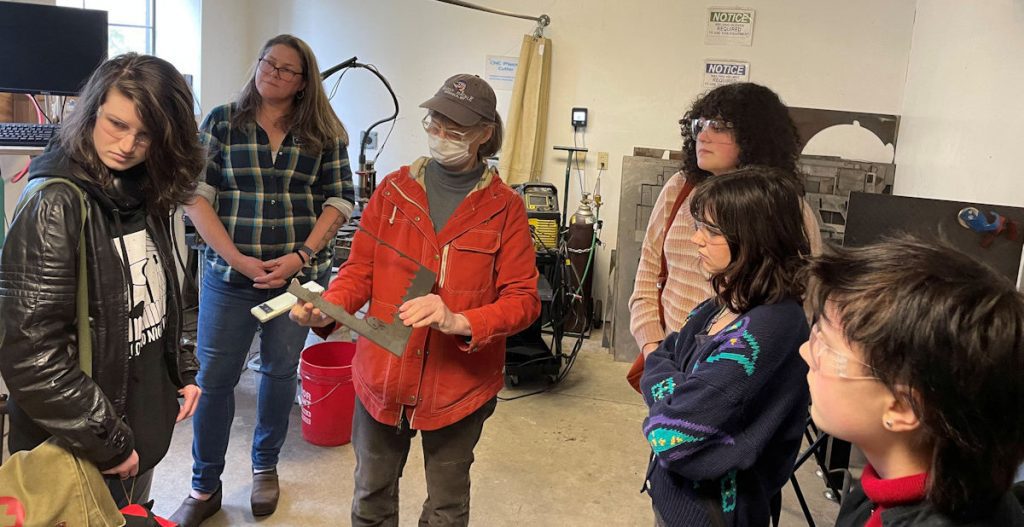
Gore-Fuss said a program like ACE can also help highlight that there are different pathways toward an artistic career that may or may not involve college or a formal arts education. The exposure to professional artists, mentorship and resources like Lacey Makerspace through the program can potentially inspire students to continue their craft and envision how they can build a creative life in the local community.
“My hope is that the time that they had with me allows them to understand that they can be a creative, expressive person throughout the rest of their life,” said Gore-Fuss. “If they choose to pursue a career professionally then they have had the opportunity to see someone who’s doing it and know that they could fall back and contact me and ask some questions.”
The ACE Pilot Program was funded this year by the ArtsWA A4A Recovery Grant for 2022-2023, and a State Mastery Based Learning Grant achieved through Avanti High School, said Horback. The program was also made possible through partnerships with individual artists as well as local arts organizations.
Horback said from the outset, this program has involved a grassroots effort, with strategic planning and input from professionals who are part of the creative economy. The long-term future of the ACE depends on continued funding sources and finalizing a layout for the program. Schmidt, Horback and other program leadership have a myriad of ideas for how the program can be expanded upon.
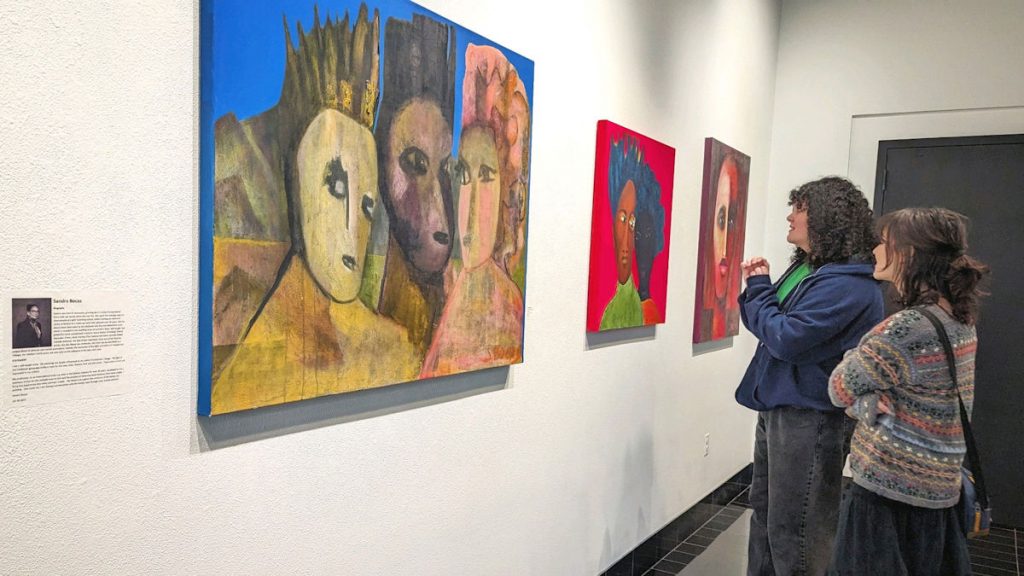
Horback hopes the developmental phase of the program can continue into future years, working with community stakeholders to solidify the structure and ensure the program’s sustainability. The ACE Pilot Program does have the funding in place to return to Avanti for the upcoming school year with a fresh set of students, community partnerships and opportunities to implement new facets of the program. Schmidt and Horback also hope that as the program continues, it can morph to further meet the needs of students, artists and the community. “We want it to grow,” said Horback. “And we have ideas, and we have program goals, and we have student objectives for all different facets of this. But we’re willing to say we need to make it grow roots and sustain and create a form. So that’s why I said we are in a developmental phase or an incubator because we want to create a window of maybe three or four years that will allow us to create the structure and form.”

